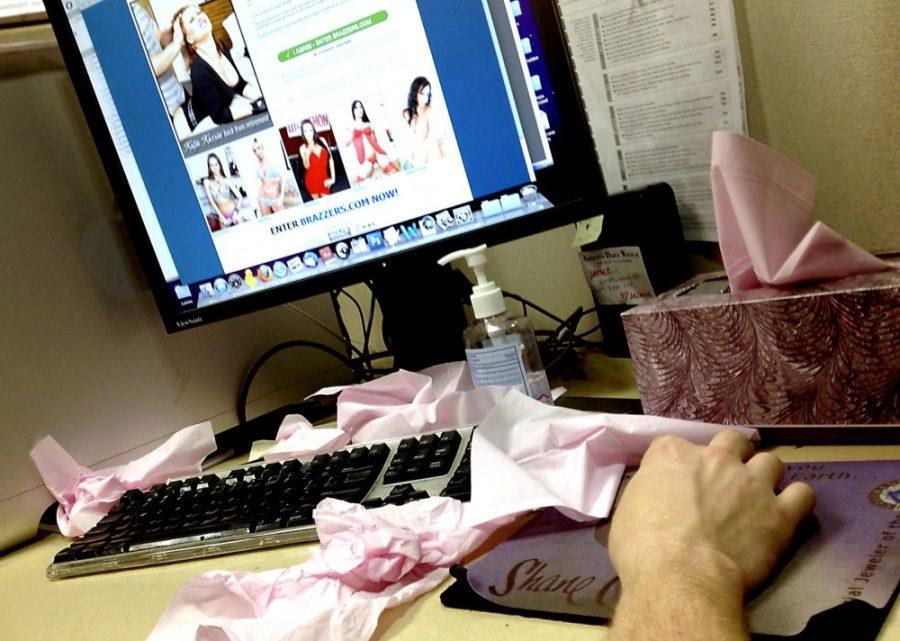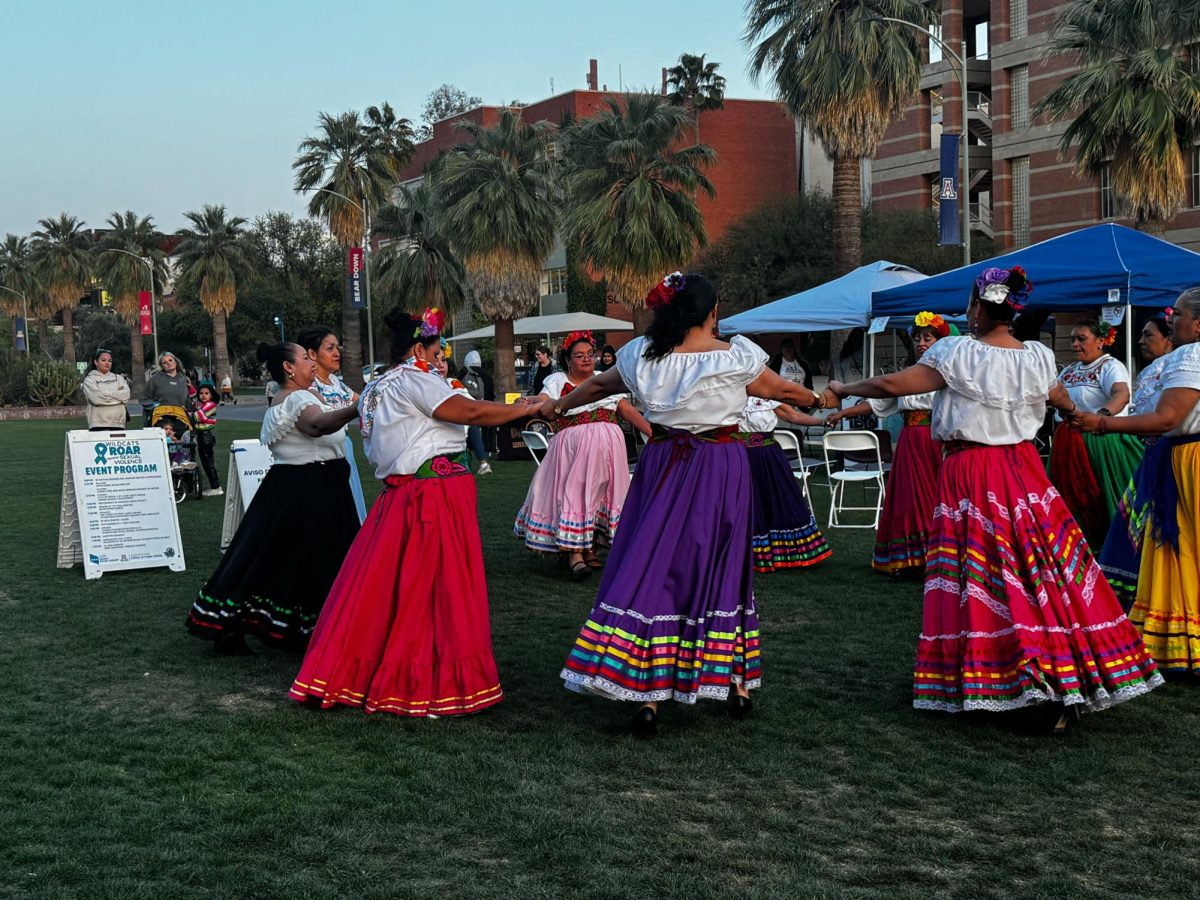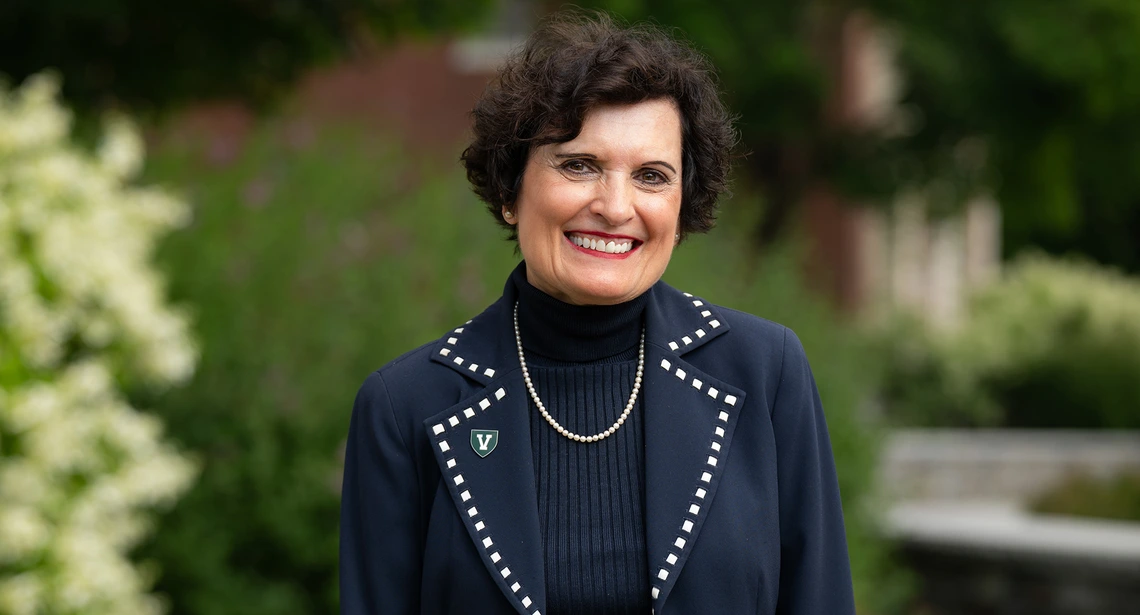What started as a racy spam email became an obsession for one third-year graduate student at the UA.
Andrew, whose name has been changed by request, first encountered porn when he was 10 years old. He received an email containing images of a woman’s breasts and a message that said something like, “Hey, come check out my website!” he said. Out of curiosity, he clicked on the link in the email.
Among college-age adults, 87 percent of men and 31 percent of women watch pornography, according to a 2008 study by researchers at Brigham Young University.
“Everybody in my dorm watched it and talked about it,” said Jack Podczerwinski, a political science junior. “We’re all sexual beings. It is what it is.”
While online pornography may be used to satisfy sexual and physiological needs, it may also be used to escape from mental and emotional pressures. People turn to porn to alleviate stress, loneliness and depression, said Debra Cox-Howard, a counselor at Counseling and Psych Services at Campus Health Service. What initially seems like a casual pastime can turn into an addiction, she said.
To combat the problem, an addict might find something to replace the substance, just like a cigarette smoker might start chewing gum. However, the problem with Internet pornography is that it is ubiquitous and easily accessible, Cox-Howard said.
“We’re married to our computers,” she added.
In the beginning, Andrew satisfied his curiosity by looking at pictures of women’s breasts. But soon he was visiting sex blogs, having sexually explicit conversations in online chat rooms and sharing pornographic pictures with other users.
“At first, it was only spending like 15 minutes or so at a time on the computer, but at the worst point, sometimes it would be like five or six hours,” he said. “One thing that pornography does too is that it always demands more. So, what you did online the night before almost never is good enough for tonight. So you always want more and more and more — something new, you always want something new.”
His addiction followed him to college and began to take a toll on his social life.
“A couple times in undergrad my roommate would say, ‘Hey, do you want to go do this or that?’ and I’d be like, ‘No, not really,’ and then, as soon as he’d leave, I’d be on the computer,” he said.
Spending several hours hunched over the computer caused Andrew to lose sleep, waste time and develop poor posture and severe back pain. In social situations, he noticed he couldn’t resist “checking people out,” especially women.
“I could never let girls get too close because I felt like I would somehow make them dirty just by being around them,” he said. “I couldn’t be a true friend, sometimes.”
Then, about three years ago, Andrew exchanged sexually explicit photos with a female friend. At the time, he was dating another woman, and sharing pictures with his friend felt like betraying his girlfriend, he said.
For Andrew, this was the final straw. Soon after, he found a counselor who helped him understand his needs, his insecurities and his obsession with pornography.
“I felt comfortable just telling the straight truth to him (the counselor), which was helpful,” he said. “He could tell when I was kind of wiggling around the truth and he’d call me out on it.”
Finding a counselor, a support group or an accountability partner can sometimes be the most challenging aspect of combating porn addiction, said Philip Alderink, a campus chaplain for the Graduate Christian Fellowship at the UA. Alderink often counsels graduate students struggling with such problems. The negative social stigma attributed to porn addiction prevents users from admitting their obsession and seeking help, he said.
Alderink described pornography as “rampant” among college students, and said he expects every man he meets has viewed pornography.
“I don’t think that anybody is immune from it,” he said. “Society is fooling itself if it thinks pornography is not a problem.”
The UA Main Library is all too familiar with the popularity of porn. While porn isn’t illegal in Arizona, viewing it publicly is. The UA Main Library staff catches people viewing pornography on the public computers “several times per week,” according to Travis Teetor, library operations supervisor. Those caught watching porn on library computers are asked to stop.
“If they refuse to discontinue their behavior or to comply with our request, we would call UAPD immediately,” Teetor said.
Many anti-pornography advocacy groups, such as Enough is Enough and Pure Hope, say pornography motivates people to perform bizarre or violent sexual activities in their real lives, leading them to sexually abuse others. Some believe pornography objectifies women, encouraging viewers to devalue the women they interact with on a day-to-day basis.
However, some argue that consuming pornography actually prevents users from abusing and objectifying others. Viewing pornography allows people to explore their sexual desires; this keeps them from experimenting and potentially harming their sexual partners, said Brion Scroggins, district manager for Continental Adult Shop.
“The industry is an outlet for males, females, couples to get out sexual frustrations and desires,” Scroggins said. “We’re here to make money because people want to come in here and buy what we sell; we’re here to increase people’s sexual awareness. We’re not here to increase the negative aspects,” Scroggins said.
For Andrew, the “negative aspects” — social isolation, a “splintered” identity, emotional detachment, guilt and shame — grew unbearable.
“Once you get tired of being sick and tired, I think that’s a good thing. Because that’s when you’re ready to admit you have a problem, to really look for change,” he said.
It has been almost 15 years since he opened that first email. Andrew has confronted his addiction and managed to be porn-free for the better part of a year.
“I feel a ton of relief, a ton of gratitude, and I feel like I can connect to people again,” he said. “I get a lot more sleep, which is great. I don’t feel dirty like I used to feel. I’m not over sexualized, I don’t feel like a brute.”









